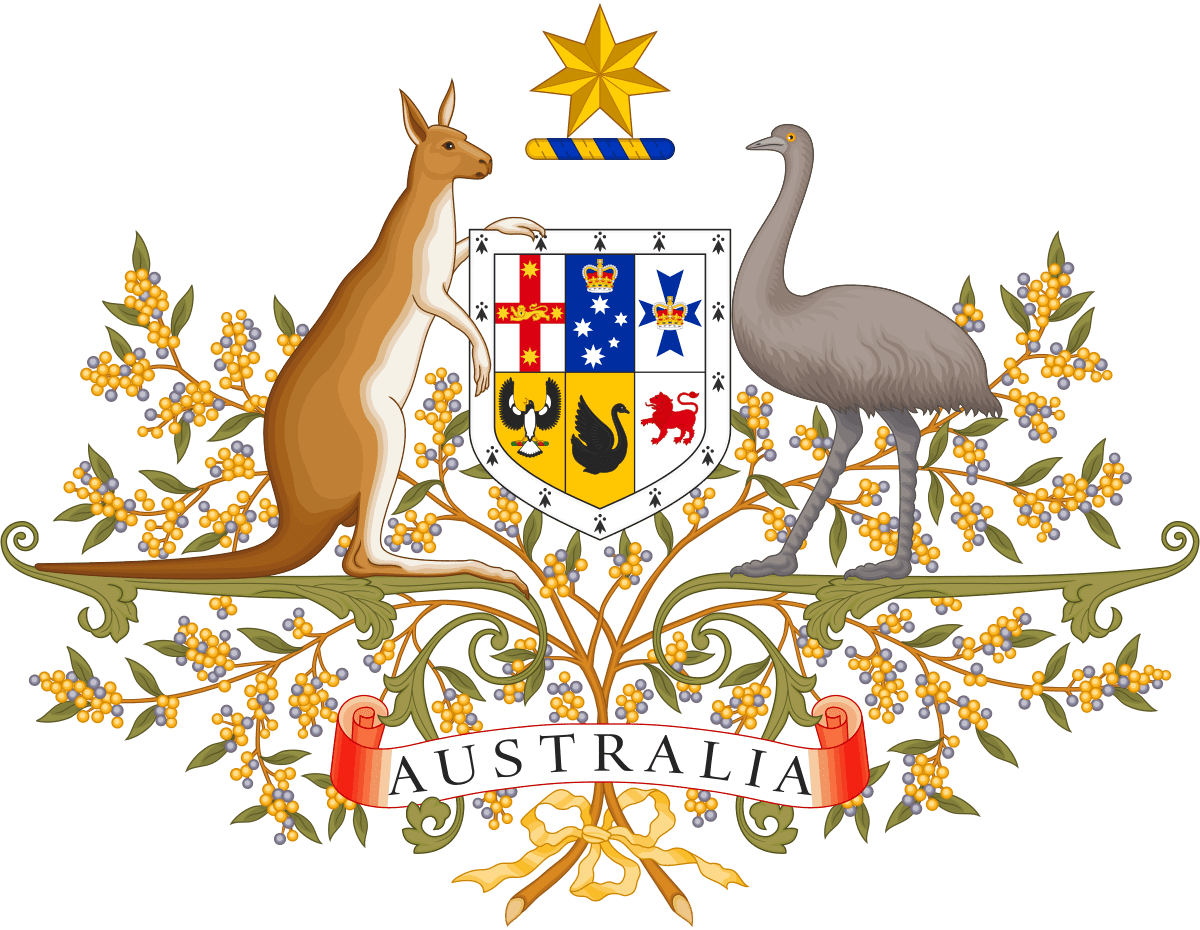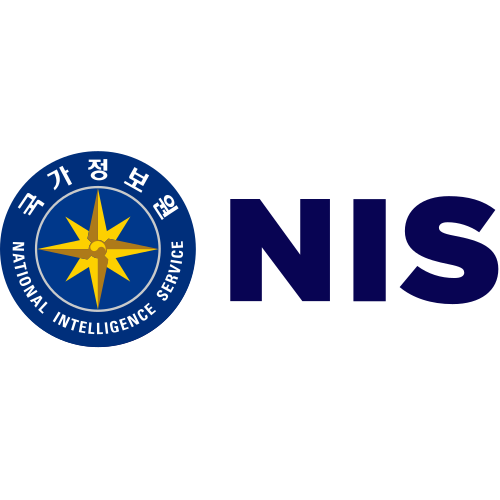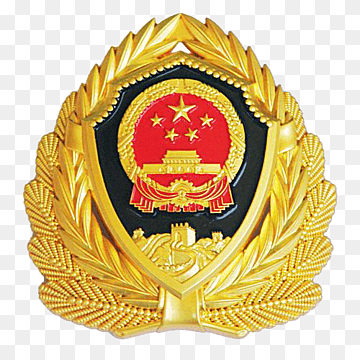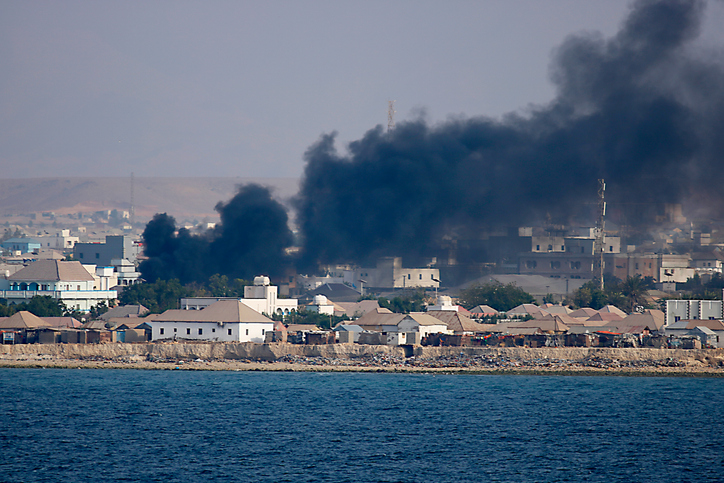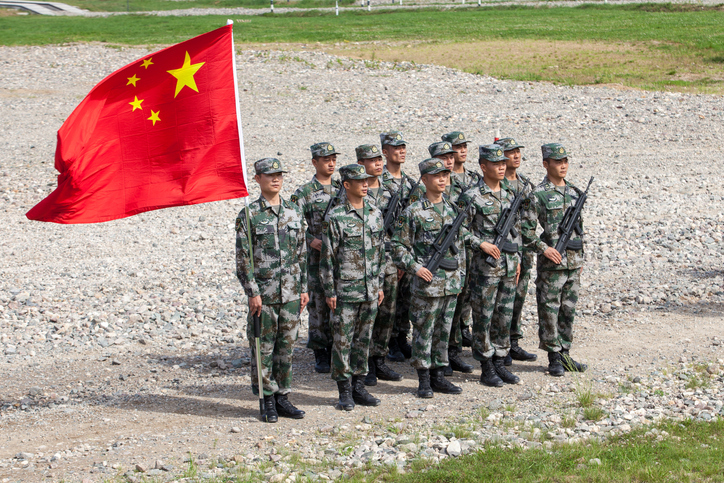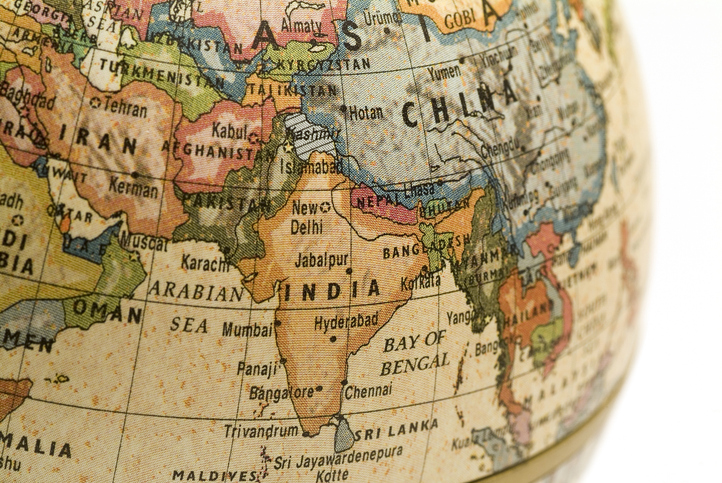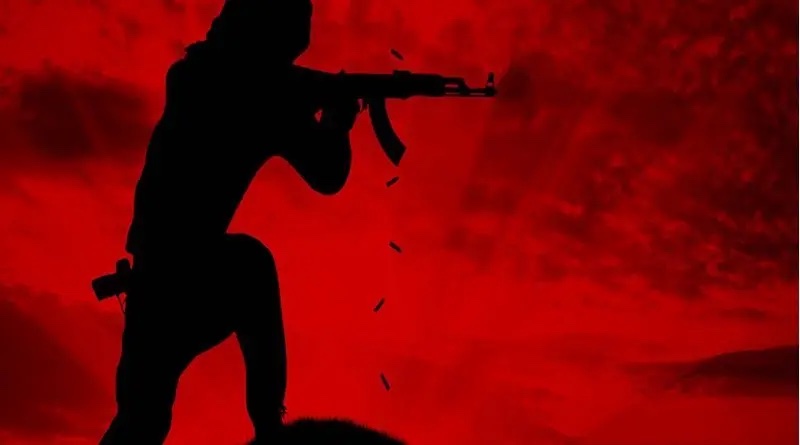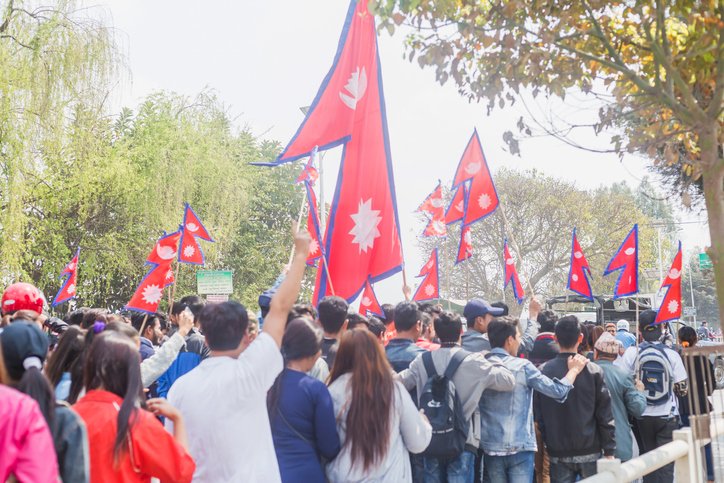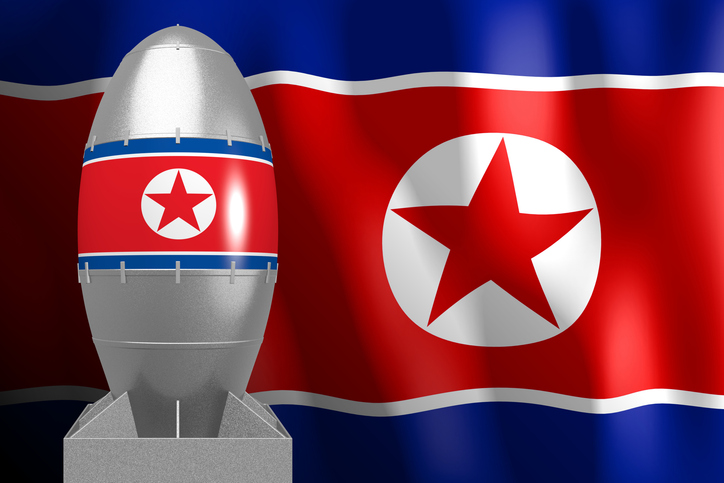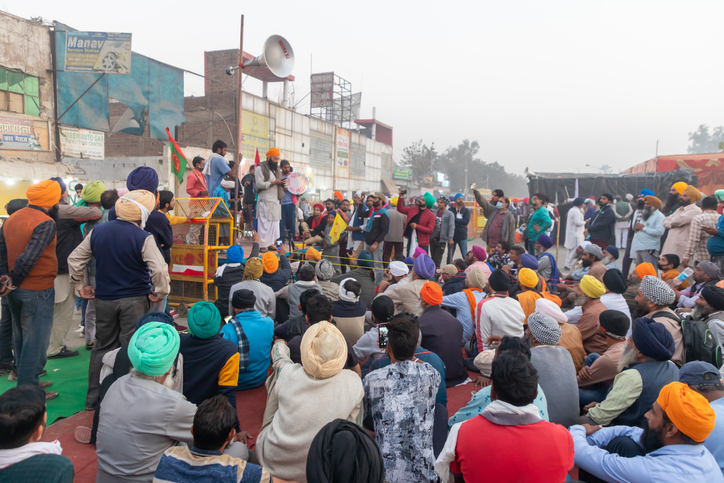
Posted On : Dec 18 2020
Armed Islamic Group (GIA) : A Brutal Chapter in Algeria`s History
The Armed Islamic Group (Groupe Islamique Armé or GIA) was a radical Islamist organization that operated during the Algerian Civil War in the 1990s.

Known for its extreme violence and brutal tactics, the GIA was responsible for widespread atrocities that left a lasting scar on Algeria's history. This article explores the origins, ideology, actions, and consequences of the GIA's existence.
The GIA emerged in the early 1990s following Algeria's political turmoil, which began when the government cancelled the 1991 legislative elections that an Islamist party, the Islamic Salvation Front (FIS), was poised to win. The GIA was founded by disaffected members of the FIS who rejected the electoral process in favour of armed struggle. The group's primary goal was to establish an Islamic state in Algeria governed by its extremist interpretation of Sharia law.
The GIA quickly gained notoriety for its brutal violence and indiscriminate targeting of civilians. The group carried out massacres, bombings, assassinations, and kidnappings on a large scale. Its actions were characterized by a complete disregard for human life, and the GIA showed no hesitation in killing innocent men, women, and children.
One of the most infamous acts committed by the GIA was the 1997 massacre in the village of Bentalha, where over 200 people, including women and children, were brutally killed. Other massacres, such as the one in Rais in 1997 and the Blida massacres in 1998, were equally horrifying, leaving hundreds of dead.
The GIA's extreme tactics and brutality led to internal divisions within the organization. Some members of the group began to question its indiscriminate violence and excessive brutality. These internal rifts eventually resulted in a splintering of the GIA into different factions.
The GIA's actions had a profound impact on the course of the Algerian Civil War. While the conflict was complex and multifaceted, the GIA's extreme violence contributed to a sense of chaos and insecurity in the country. The group's actions also made it difficult for international observers to support any side in the conflict.
By the late 1990s, the GIA had become increasingly fragmented and weakened due to internal divisions and pressure from Algerian security forces. The government's counterterrorism efforts, along with public fatigue from the violence, contributed to the decline of the organization.
The legacy of the GIA continues to haunt Algeria. The group's brutal actions during the civil war left deep scars in the collective memory of the nation. The GIA also indirectly contributed to the rise of other Islamist militant groups in Algeria, such as the Salafist Group for Preaching and Combat (GSPC), which later became Al-Qaeda in the Islamic Maghreb (AQIM).
The Armed Islamic Group (GIA) was a radical Islamist organization that emerged during Algeria's turbulent civil war in the 1990s. Known for its extreme violence and indiscriminate targeting of civilians, the GIA left a legacy of fear and trauma in Algeria. While the group's decline and disintegration marked the end of its reign of terror, its actions during the civil war continue to cast a long shadow over the country's history and collective memory. The GIA serves as a stark reminder of the devastating consequences of extremism and the enduring impact of violence on societies caught in the throes of conflict.
No Comments Added





